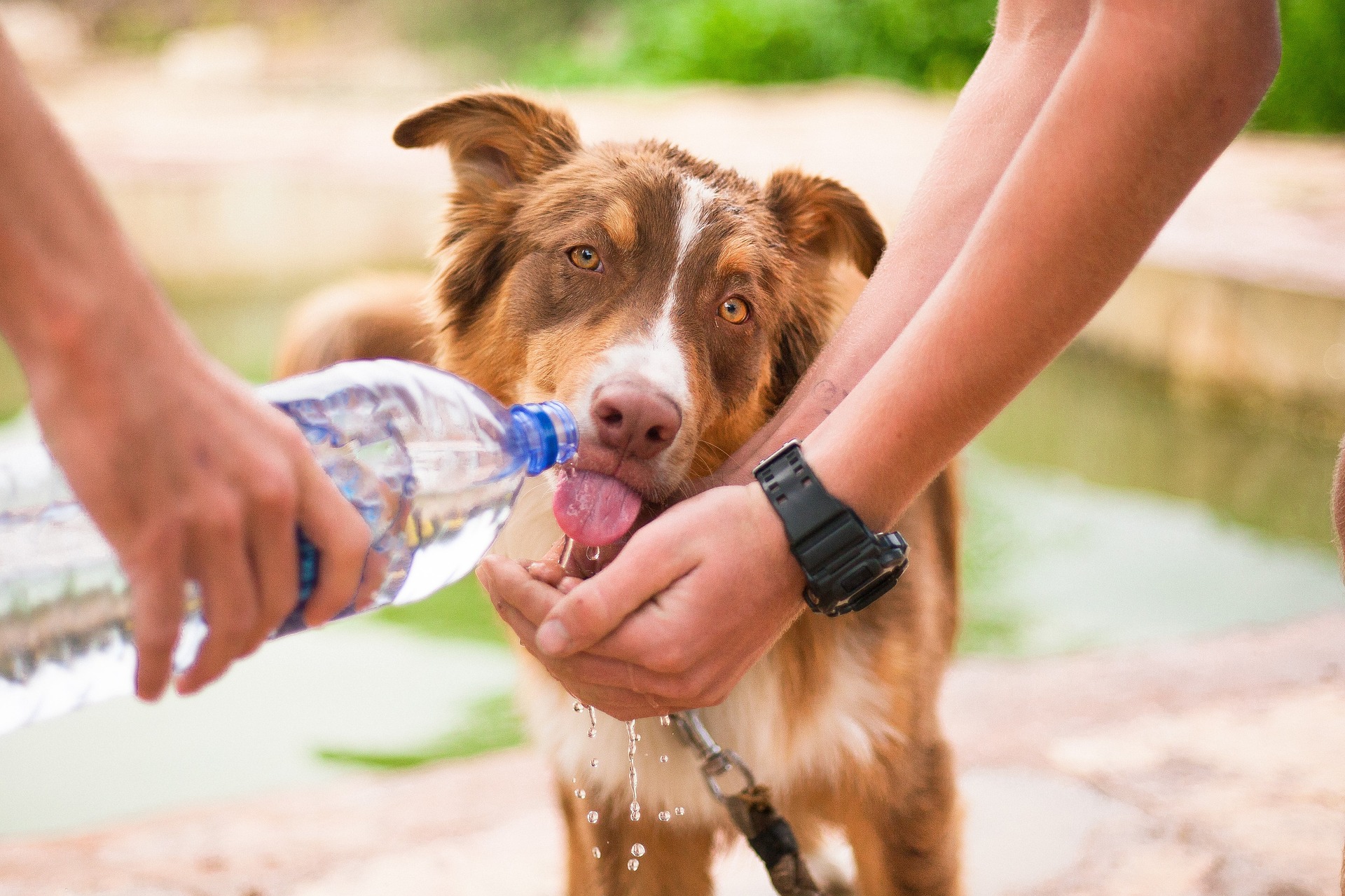1.Teach your dog a “touch” cue so it won’t fear an approaching hand. Stand near your dog and present your open hand to it. Wait for it to investigate your hand; when it sniffs or touches its nose to your hand, offer a pea-sized treat and say, “Yes! Good dog!” Place your hand behind your back for a few seconds, then present it again and wait for your dog to sniff it.
2.Reward it with treats as you handle its paws, mouth, and ears. Gently lift your dog’s lips so you can see its teeth, look in its ears, and feel its paws. Encourage it to remain calm with lots of verbal praise, and reward good behaviour with its favourite treats.
3.Give your small dog a “pick up” cue if it doesn’t like being picked up. If your dog isn’t used to getting picked up, teach it a cue instead of picking it up all of a sudden. Say “Pick up!” before you pick it up, and reward it with praise and a treat. Put it back down after a few seconds, then keep practicing until it seems comfortable with being picked up.
4.Practice setting your dog on a table. When your dog tolerates being picked up, pick it up and place it on a table. Praise it and give it a treat to let it know the table is a good thing. Put it back on the floor after a few seconds and repeat the exercise until your dog doesn’t seem anxious on the table.
5.Get your dog used to standing on a scale. If your dog is small enough, practice placing it on a bathroom scale. Reassure it with praise and reward calm behaviour with a treat. To encourage it to get on the scale willingly, hold a treat over the scale and give a cue, such as “Up, up!” or “Place!” When your dog walks onto the scale to get the reward, say “Yes!” and give it the treat.
Reference: Wikihow (14/05/2018). [Blog Post]. Retrieved from https://www.wikihow.com/Prepare-Your-Dog-for-the-Vet.
[Accessed 15 May 2018].

